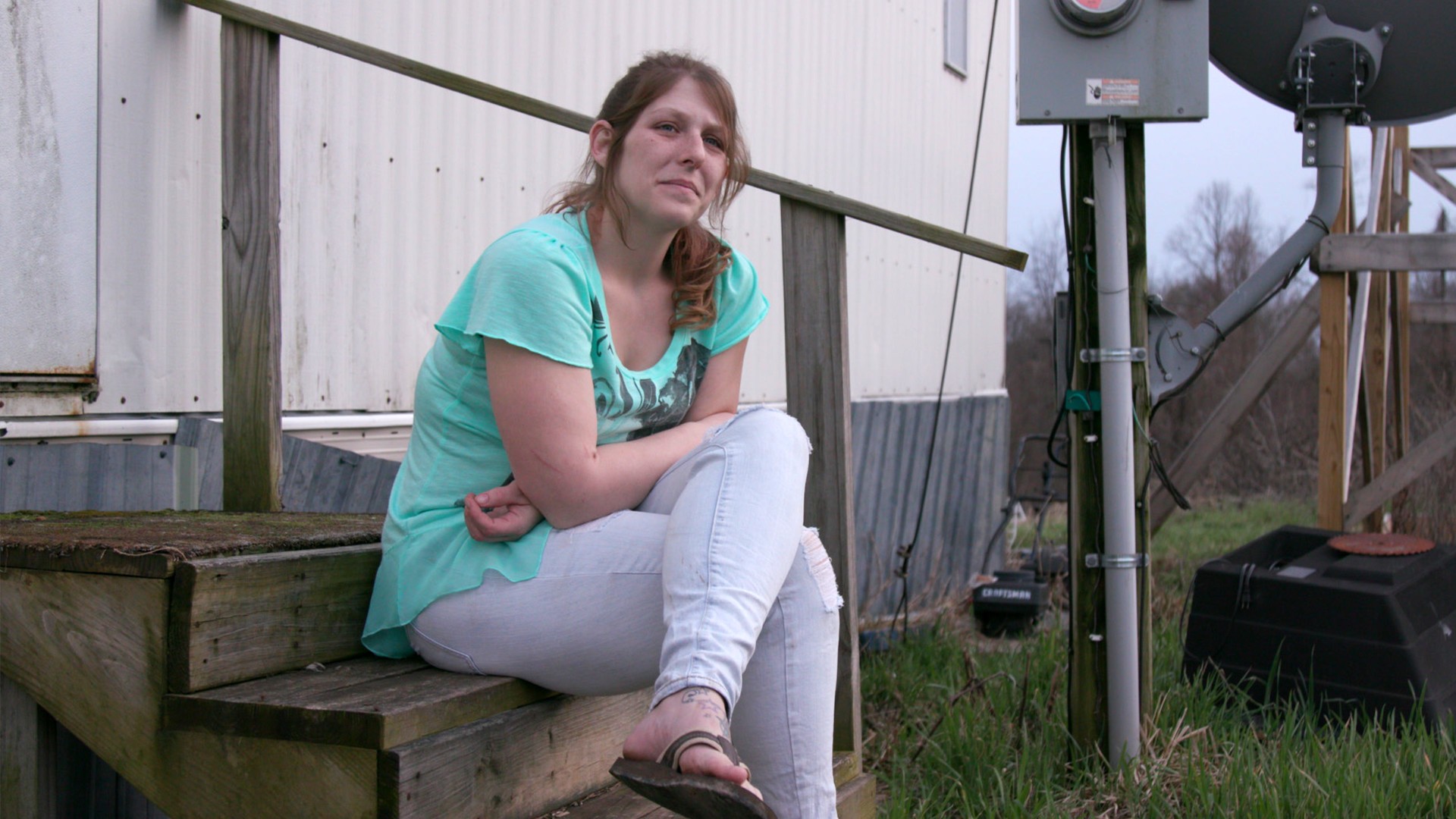Josh Boot / Unsplash
When I first took heroin, I felt like I was home, safe and loved—after years of dread, rejection, and loneliness. Even though I was in a dismal New York City welfare hotel room and had just discovered that my boyfriend had been with another woman, the drug allowed me to feel as though I had the radiant warmth of unconditional acceptance, the bliss of being truly cared for. That, quite obviously, was not what I'd been experiencing seconds before I snorted it.Like mine, most accounts of addiction have the same clichéd structure as those of disastrous love affairs: the ecstasy of the first connection, the obsession with the person or substance, the craving induced by memories, the persistent behavior in the face of rejection and negative outcomes.And that's no coincidence: addiction is basically what happens in the brain when the circuitry involved with love and parenting learns to pursue the wrong object. It is fundamentally a disorder of emotional learning—and this has critical implications for dealing with opioid addiction.The link between addiction and love is especially strong for opioids, because our natural opioids—the endorphins and enkephalins—are critical for making human contact attractive and pleasurable. These chemicals help bond us to our mates and children, allowing us to take comfort in one another and relieve each other's stress.As Larry Young, professor of psychiatry at Emory University and one of the leading researchers on the chemistry of social bonds, once told me, "There's a lot of shared neurochemistry between love and bonding and attachment and addiction…Basically, it uses the same neurochemistry."
Watch more from Tonic:
The chemistry of romantic love and parent/child is immensely powerful—it's hard to imagine, for one, drama, fiction, film, art, or music without these motivators. Not surprisingly, if you have been traumatized, neglected, or just born with a temperament that makes connecting difficult, a synthetic version can be overwhelmingly attractive. (Interestingly, however, only about a third of people really like the experience of opioids—everyone else either has a mixed or neutral response or actually dislikes what others experience as a "high.")Consequently, because addiction is basically love gone awry, learning plays a key role. While people rarely think of love as a learning experience—except, perhaps ironically, when it goes wrong—it is a profound change in a motivational system evolved to spur behavior that's essential to survival and reproduction. This system learns to set priorities that maximize the odds of successful mating and child-rearing as it interacts with the environment it faces. It teaches us to want and need what should help us attain critical biological goals.However, while it's adaptive to persist despite punishment when pursuing love or ensuring the survival of your children, it is definitely not so if you chase drugs despite losing your job, your freedom, your family, and friends. That's why understanding addiction as an emotional learning disorder involving the circuitry of love can lead to much more effective ways of dealing with it.For one, because addiction is defined by its resistance to negative consequences—a fancier term for punishment, as nearly all children know—using punishment to try to stop it is counter-productive. We've spent over a hundred years trying to punish our way out of addiction and yet there is no correlation whatsoever between the harshness of a region's sentences for drug possession and its addiction rates. Trying to stop a learning disorder characterized by lack of response to punishment with punishment is pretty much the definition of an insane policy.Secondly, as Johann Hari, author of Chasing the Scream, wonderfully put it, "The opposite of addiction is not sobriety. The opposite of addiction is connection." Consequently, in order to help people with addiction, we can't push them away with "tough love" or try to force them to "hit bottom." Using punishment to try to help people feel more socially connected and less isolated is, to put it mildly, not the most productive approach. We need to help people with addiction find something—or someone—else to love.Indeed, research clearly shows that treatments which are kind, supportive, and empathetic—often the opposite of the way people are actually treated in rehab and certainly not the way they are treated in jail—are far more effective than those that try to shame and humiliate people into quitting. We need to reform our drug policy and treatment system to reflect this.Treatment needs to teach people to find better ways of managing distress—not simply inflict more of it. It must be tailored to the individual, helping the person figure out the purpose drugs are serving for them and helping find healthier alternatives. And, yes, this often needs to include medication—just like treatment for another learning disorder, attention deficit/hyperactivity disorder, ADHD—does.The need for connection in recovery also means that if we truly want to reduce opioid addiction in the long term, we have to make people feel included and valued—not worthless and rejected. Essentially, anything that increases the number and quality of relationships among people with addiction or those at risk for it will be helpful, while conditions that harm relational quality will be harmful.This is not to say that relatives of people with addiction who are being exposed to dangerous or exploitative behavior should just tolerate that; there are certainly times when families and loved ones have to protect themselves from people with active addictions. it's just that cutting addicted people off shouldn't be done "for their own good" because it can backfire and because there are more productive ways to intervene.Moreover, connection isn't just about feeling like you have good friends or a supportive family. It also means feeling like a useful member of society—so unemployment, particularly long-term, is often toxic. To truly address opioid addiction, we can't ignore that it hits hardest in communities plagued by job loss; without increasing opportunity, recovery, and prevention are rarely sustainable.Finally, recognizing the role of learning in addiction is critical to prevention. We know that childhood trauma and childhood temperaments that fall outside the norm (often, these are precursors of other mental illnesses, too) are both critical risk factors for addiction. If we can help people find healthier ways of coping with these stresses early in life—before a sad temperament becomes depression via repeated rumination, before trauma produces first avoidance and anxiety, then PTSD—we can also reduce addiction risk.In my own case, I learned addiction to manage a temperament marked by sensory and emotional overload, which led to social exclusion and depression. I learned recovery when, finding that I could not stop myself from injecting cocaine and heroin to the point of near-death, I sought help.Ultimately, I discovered that there were both social and medical supports that could help me cope, without the downsides of illegal drugs. Like an ill-advised love affair, my addiction had changed my brain and my priorities, leaving indelible memories and longing. But falling in love with the wrong thing or person doesn't cause brain damage, merely misguided learning. And today, the capacity to persist intensely that once caused me so much trouble allows me to connect and succeed in ways beyond what I'd thought possible.Read This Next: A Small Town's Answer to the Opioid Epidemic is Actually Working
Advertisement
Watch more from Tonic:

The chemistry of romantic love and parent/child is immensely powerful—it's hard to imagine, for one, drama, fiction, film, art, or music without these motivators. Not surprisingly, if you have been traumatized, neglected, or just born with a temperament that makes connecting difficult, a synthetic version can be overwhelmingly attractive. (Interestingly, however, only about a third of people really like the experience of opioids—everyone else either has a mixed or neutral response or actually dislikes what others experience as a "high.")
Advertisement
Advertisement
Advertisement
